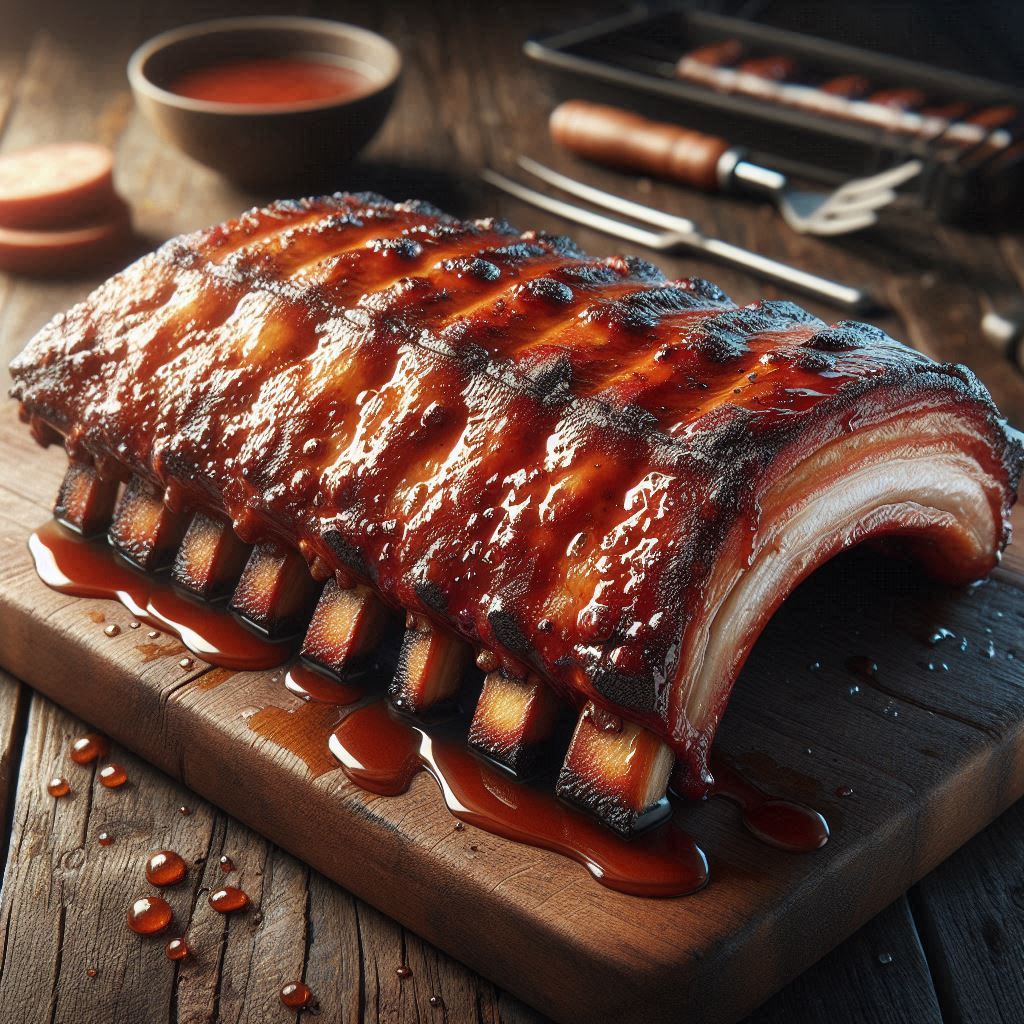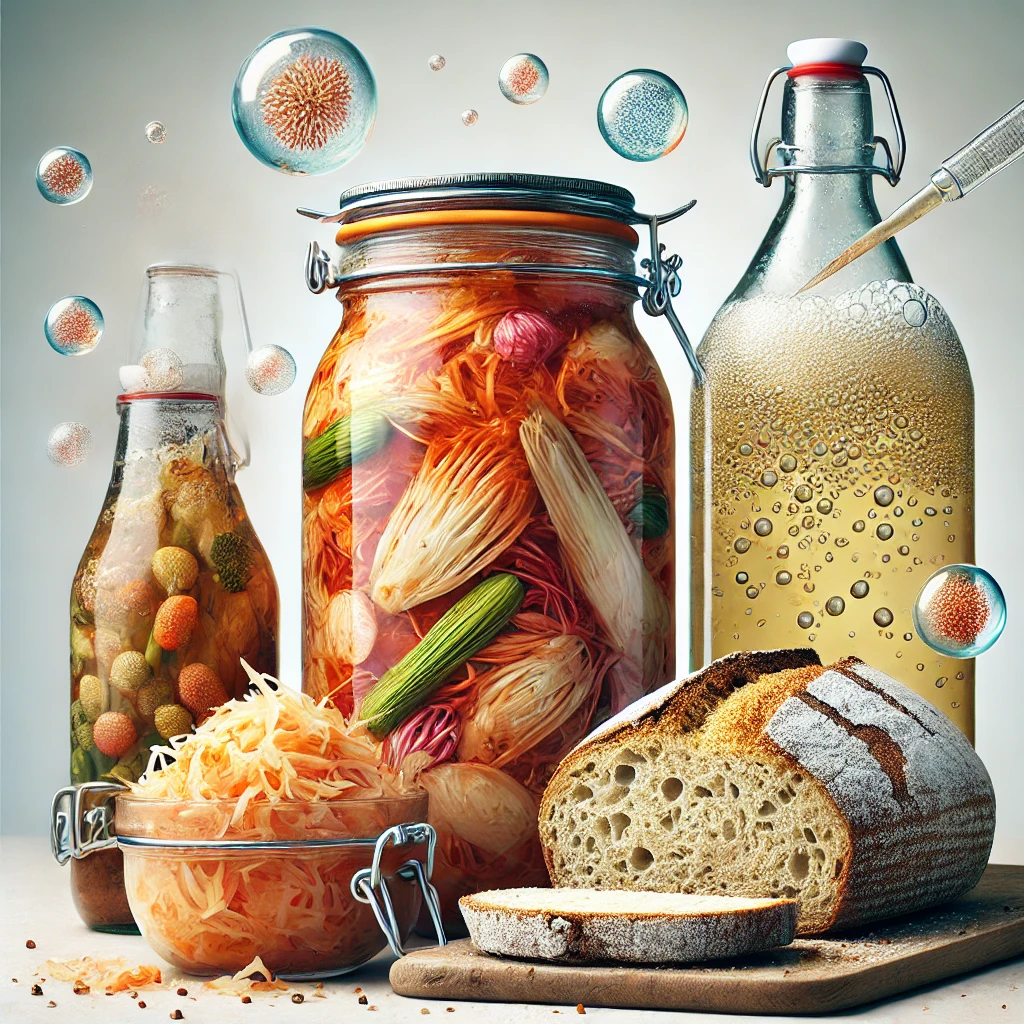Pairing wine with cheese is a timeless tradition that has been perfected over centuries. The right combination of wine and cheese can elevate the flavors of both, creating a harmonious and unforgettable tasting experience. Whether you’re hosting a dinner party, enjoying a romantic evening, or simply indulging in a personal treat, knowing how to pair wine with cheese can make all the difference. In this ultimate guide, we’ll explore the art and science of wine and cheese pairing, from classic combinations to unconventional pairings, and provide tips on how to create a perfect tasting experience.
The Basics of Wine and Cheese Pairing
Flavor Profiles: When it comes to pairing wine with cheese, understanding flavor profiles is key. Both wine and cheese have complex flavors that can range from sweet and fruity to savory and earthy. The goal of pairing is to find a balance between these flavors, where neither the wine nor the cheese overpowers the other. Some basic principles to consider include:
- Acidity: Wines with high acidity, such as Sauvignon Blanc or Champagne, pair well with cheeses that have a tangy or creamy profile, like goat cheese or Brie.
- Sweetness: Sweet wines, like Riesling or Port, complement salty or strong-flavored cheeses, such as blue cheese or aged Gouda.
- Tannins: Red wines with firm tannins, like Cabernet Sauvignon, pair well with hard, aged cheeses that have a robust flavor, like Parmesan or cheddar.
- Texture: The texture of the cheese also plays a role in pairing. Soft, creamy cheeses pair well with light, crisp wines, while hard, crumbly cheeses are best with full-bodied wines.
Texture Matters: Texture is another important consideration when pairing wine and cheese. The mouthfeel of both the wine and the cheese can greatly influence the overall tasting experience. For example:
- Creamy Cheeses: Soft, creamy cheeses like Brie or Camembert have a rich, velvety texture that pairs well with wines that have good acidity or effervescence, such as Champagne or Sauvignon Blanc.
- Firm Cheeses: Semi-firm cheeses like Gruyère or Comté have a slightly nutty, smooth texture that pairs well with medium-bodied red wines like Pinot Noir or Merlot.
- Crumbly Cheeses: Hard, crumbly cheeses like Parmesan or Pecorino have a grainy texture that pairs well with full-bodied red wines like Cabernet Sauvignon or Chianti.
Regional Pairings: One of the simplest ways to achieve a successful wine and cheese pairing is to consider regional combinations. Many wine and cheese pairings that have stood the test of time come from the same region, where the local wine and cheese have evolved together. For example:
- French Wine and Cheese: Pair a Burgundy wine with a French cheese like Époisses or a Loire Valley wine with a chèvre (goat cheese).
- Italian Wine and Cheese: Match an Italian red like Barolo with Parmigiano-Reggiano or a white like Prosecco with Mozzarella di Bufala.
- Spanish Wine and Cheese: Pair a Spanish Tempranillo with Manchego or a Sherry with a Spanish blue cheese like Cabrales.
Classic Pairings
Brie and Chardonnay: Brie is a soft, creamy cheese with a mild, buttery flavor and a slightly earthy aroma. It pairs beautifully with Chardonnay, particularly those that are oaked and have a rich, full-bodied profile. The buttery notes in the Chardonnay complement the creaminess of the Brie, while the wine’s acidity cuts through the richness, creating a balanced and harmonious pairing.
How to Serve: Serve the Brie at room temperature, allowing the cheese to soften and the flavors to fully develop. Pair it with a chilled glass of oaked Chardonnay. Add some fresh fruit, such as apples or grapes, and a few slices of crusty bread to complete the pairing.
Gouda and Merlot: Gouda is a semi-hard cheese that ranges in flavor from mild and nutty when young to rich and caramel-like when aged. It pairs well with Merlot, a red wine known for its smooth, fruity character and soft tannins. The fruitiness of the Merlot complements the sweet, nutty notes in the Gouda, while the wine’s tannins balance the cheese’s richness.
How to Serve: For the best pairing, choose an aged Gouda with a rich, complex flavor. Serve the Gouda in small wedges or slices, accompanied by a glass of Merlot. Add some nuts, such as almonds or walnuts, and dried fruits, like apricots or figs, to enhance the flavors.
Blue Cheese and Port: Blue cheese is known for its strong, pungent flavor and creamy, crumbly texture. It pairs exceptionally well with Port, a sweet, fortified wine from Portugal. The sweetness of the Port balances the saltiness and intensity of the blue cheese, creating a pairing that is bold yet harmonious.
How to Serve: Serve the blue cheese at room temperature, allowing the flavors to fully develop. Pair it with a glass of aged Tawny or Vintage Port. Add some walnuts, pears, or honey to enhance the pairing and add contrast to the flavors.
Goat Cheese and Sauvignon Blanc: Goat cheese, or chèvre, is a soft, tangy cheese that pairs beautifully with Sauvignon Blanc, a white wine known for its high acidity and citrusy, herbaceous notes. The acidity in the Sauvignon Blanc cuts through the creaminess of the goat cheese, while the wine’s bright flavors complement the cheese’s tanginess.
How to Serve: Serve the goat cheese slightly chilled, either on its own or as part of a salad. Pair it with a chilled glass of Sauvignon Blanc. Add some fresh herbs, such as basil or thyme, and a drizzle of olive oil to enhance the pairing.
Exploring Unconventional Pairings
Parmesan and Prosecco: Parmesan, or Parmigiano-Reggiano, is a hard, aged cheese with a nutty, savory flavor and a crumbly texture. It pairs surprisingly well with Prosecco, a sparkling wine from Italy known for its light, fruity character and crisp acidity. The effervescence of the Prosecco cleanses the palate and enhances the savory, umami-rich flavors of the Parmesan.
How to Serve: Serve the Parmesan in small chunks or slivers, paired with a chilled glass of Prosecco. Add some fresh basil leaves or a few slices of prosciutto for an elegant, Italian-inspired pairing.
Camembert and Champagne: Camembert is a soft, creamy cheese with a strong, earthy flavor and a bloomy rind. It pairs wonderfully with Champagne, a sparkling wine from France known for its crisp acidity and delicate bubbles. The effervescence of the Champagne cuts through the creaminess of the Camembert, while the wine’s acidity balances the cheese’s richness.
How to Serve: Serve the Camembert at room temperature, allowing the cheese to soften and the flavors to develop. Pair it with a chilled glass of Champagne. Add some fresh strawberries or raspberries for a touch of sweetness and a pop of color.
Smoked Cheddar and Zinfandel: Smoked cheddar is a semi-hard cheese with a rich, smoky flavor and a smooth texture. It pairs well with Zinfandel, a bold red wine known for its ripe fruit flavors, peppery notes, and full body. The smokiness of the cheddar complements the bold, spicy character of the Zinfandel, creating a pairing that is robust and satisfying.
How to Serve: Serve the smoked cheddar in slices or cubes, paired with a glass of Zinfandel. Add some smoked almonds or grilled vegetables to enhance the pairing and add depth to the flavors.
How to Create a Wine and Cheese Tasting Experience
Setting Up: Creating a wine and cheese tasting experience at home is a great way to explore different pairings and enjoy a fun, interactive activity with friends or family. Here’s how to set it up:
- Select Your Wines and Cheeses: Choose a variety of wines and cheeses, focusing on different types, flavors, and textures. Aim for at least three to four different pairings to provide a diverse tasting experience.
- Prepare the Cheese: Remove the cheese from the refrigerator about 30-60 minutes before serving to allow it to come to room temperature, which enhances the flavor and texture. Arrange the cheeses on a large platter or cheese board, along with accompaniments like fresh fruit, nuts, honey, and bread or crackers.
- Set the Scene: Create a cozy, inviting atmosphere by setting the table with elegant glassware, small plates, and napkins. Consider adding candles, fresh flowers, or soft music to enhance the ambiance.
- Provide Tasting Notes: Offer a brief description of each wine and cheese, including information about the flavor profile, origin, and suggested pairings. This adds an educational element to the tasting and encourages guests to engage with the experience.
Tasting Order: To ensure that your palate isn’t overwhelmed, it’s important to taste the wines and cheeses in a specific order. Start with lighter wines and cheeses, and gradually move to bolder, stronger flavors. Here’s a general guide:
- Light Whites and Fresh Cheeses: Start with a light white wine, such as Sauvignon Blanc, paired with a fresh, tangy cheese like goat cheese.
- Sparkling Wines and Soft Cheeses: Move on to a sparkling wine, such as Champagne, paired with a soft, creamy cheese like Brie or Camembert.
- Medium-Bodied Reds and Semi-Firm Cheeses: Next, try a medium-bodied red wine, such as Merlot, paired with a semi-firm cheese like Gouda or Gruyère.
- Full-Bodied Reds and Hard Cheeses: Finish with a full-bodied red wine, such as Cabernet Sauvignon, paired with a hard, aged cheese like Parmesan or cheddar.
- Sweet Wines and Blue Cheeses: If you’re including a dessert wine, like Port, pair it with a strong-flavored cheese like blue cheese.
Presentation Tips: Presentation plays a key role in creating an enjoyable tasting experience. Here are some tips for presenting your wine and cheese pairings:
- Cheese Board: Use a large wooden or marble cheese board to display the cheeses. Arrange them in a circular pattern, starting with the mildest cheese and ending with the strongest. Include small labels or place cards to identify each cheese.
- Accompaniments: Add accompaniments like fresh fruit, nuts, olives, and charcuterie to the board, arranging them in small clusters around the cheeses. Include a few different types of bread and crackers for variety.
- Wine Glasses: Provide each guest with a separate glass for each wine, or encourage them to rinse their glass between tastings. Arrange the wine bottles in the order they will be tasted, and consider providing a small tasting menu or guide.
Common Mistakes and How to Avoid Them
Overpowering Flavors: One of the most common mistakes in wine and cheese pairing is choosing combinations where one flavor overpowers the other. For example, pairing a delicate white wine with a strong, pungent cheese like blue cheese can result in the cheese overwhelming the wine’s subtle flavors. To avoid this, consider the intensity of both the wine and the cheese, and aim for a balance where neither dominates.
Temperature Issues: Serving wine and cheese at the wrong temperature can diminish the tasting experience. Wine that is too warm can taste overly alcoholic, while wine that is too cold can mute its flavors. Similarly, cheese that is served straight from the refrigerator can be too firm and lack flavor. To avoid these issues, follow these guidelines:
- Red Wine: Serve red wine slightly below room temperature, around 60-65°F (15-18°C).
- White Wine: Serve white wine chilled, around 45-50°F (7-10°C).
- Cheese: Allow cheese to come to room temperature before serving, about 30-60 minutes.
Ignoring Personal Preferences: While there are general guidelines for wine and cheese pairing, personal preference plays a significant role in what makes a pairing enjoyable. What works for one person may not work for another, so it’s important to keep an open mind and be willing to experiment. Encourage guests to try different combinations and note their favorites. Ultimately, the best pairing is the one that you enjoy the most.
Conclusion:
Pairing wine with cheese is an art that requires an understanding of flavors, textures, and balance. Whether you stick to classic pairings like Brie and Chardonnay or explore unconventional combinations like Parmesan and Prosecco, the possibilities are endless. By following the principles outlined in this guide and paying attention to personal preferences, you can create a wine and cheese tasting experience that is both enjoyable and memorable.



